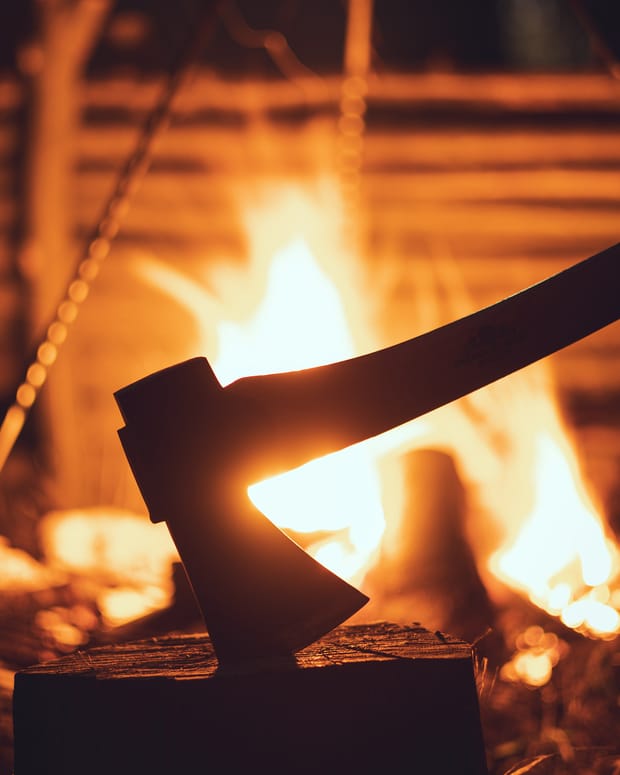A fire does more than give light. It warms the air, dries clothing, and makes camp feel like a place instead of a pause. On cold nights, especially when the wind moves through the trees, a reflector wall turns an ordinary fire into a reliable source of heat. Building one is simple work, the kind that rewards patience more than strength.
A good reflector wall starts with location. Choose a spot where the fire has room to breathe and where the wall can sit close without crowding it. The best distance is far enough to avoid charring the wood, but close enough to catch and redirect heat. A step or two back from the flames is usually right. Stand where you plan to sleep or sit. You should feel the warmth push toward you, not drift off into the dark.
Look for solid wood. Fallen logs, thick branches, or split rounds make the best building material. Avoid rotten pieces or anything that crumbles easily. The goal is to create a barrier that holds its shape and catches heat. If you can break the wood with one hand, it’s too soft. Use stronger pieces, even if they take more work to gather.
Begin by laying two sturdy logs or rocks on the ground as a base. This gives the wall stability and keeps it from sinking into soft soil. Lay the largest pieces across this base to form the first layer. Set them tight against each other. The fewer gaps, the better the wall reflects heat.
Continue stacking in a simple log-cabin style. Each layer should rest firmly on the one below it. Aim for a height just above the fire. Shoulder height is more than enough. You’re not trying to build a barricade. You’re shaping a surface that catches heat and sends it back toward camp.
As you build, watch the angle. A slight backward lean helps the wall stay upright. Rain, snow, and wind test the structure, so give the wall a natural bracing effect. If you’re working with split wood, place the flat sides facing the fire. Flat surfaces reflect heat more cleanly than rounded ones.
Once the wall stands on its own, step back and look at the setup. The fire should have open space for airflow. The wall should stand steady without wobbling. If it shifts, reinforce it with a thicker base or wedge smaller sticks behind it until it settles.
When you light the fire, keep it controlled. A reflector wall works best with a steady flame. Too much heat will char the wood quickly. Too little won’t take advantage of the wall’s structure. As the fire warms, you’ll feel the difference. The heat that once drifted into the trees now gathers around your camp. The wall creates a small pocket of comfort even in cold weather.
A reflector wall also helps you manage smoke. When placed correctly, it channels rising heat upward and encourages smoke to lift instead of hanging low around camp. In wet weather, that extra draft can be the difference between a smoky struggle and a clean-burning fire.
Building a reflector wall is slow work, but there’s satisfaction in it. You’re shaping your camp to fit the weather instead of fighting against it. When the night settles in and the temperature drops, you’ll sit by the fire and feel the warmth push outward, steady and controlled. It’s one of those small skills that makes the outdoors feel more like home.







